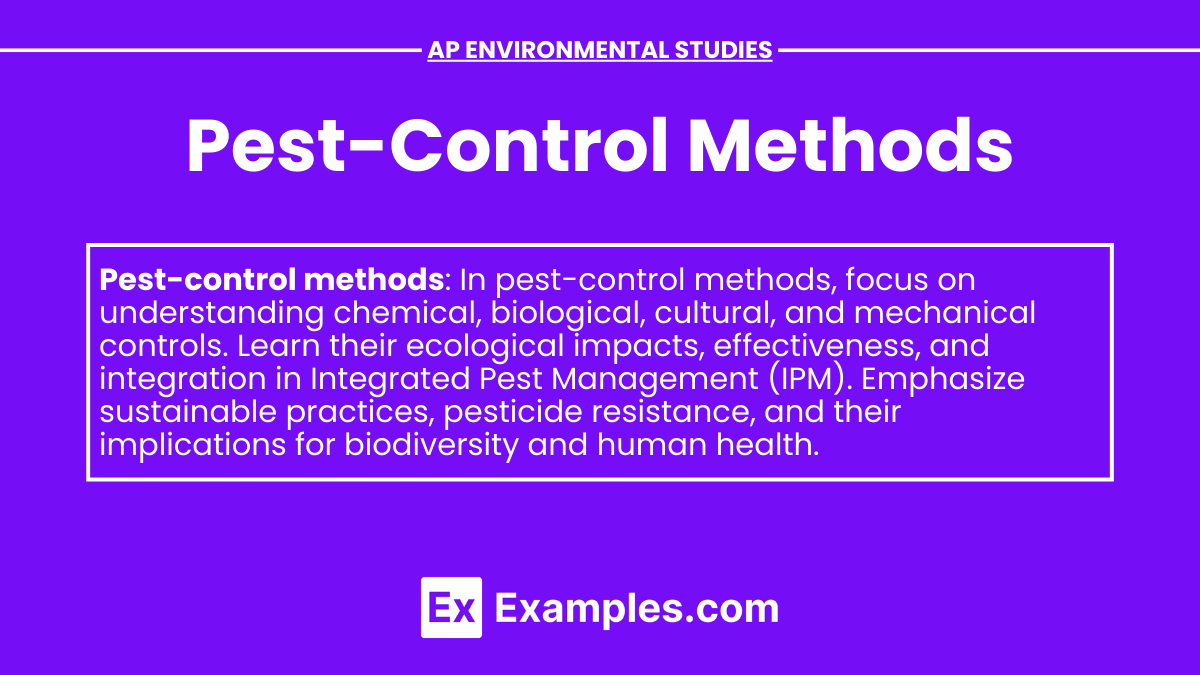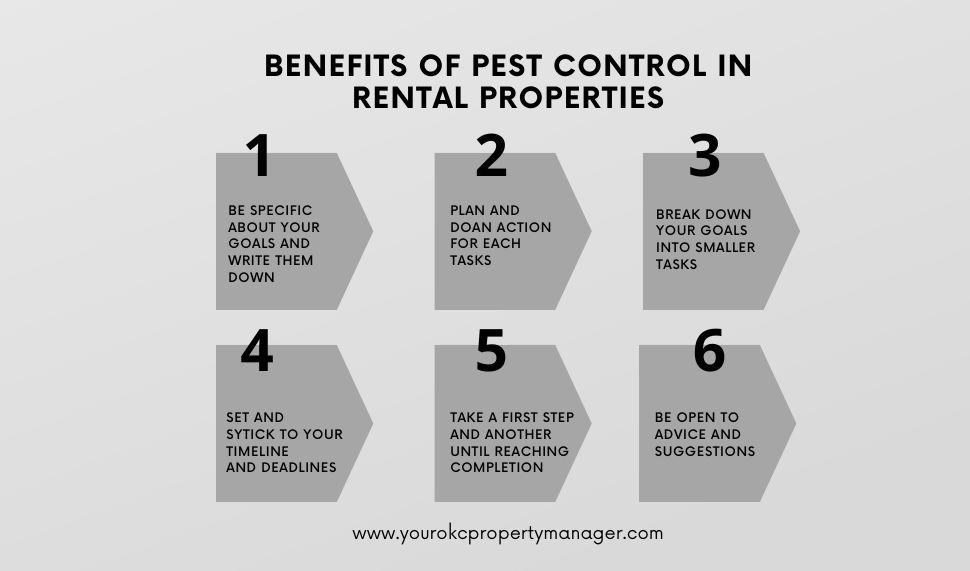The Ultimate Guide To Pestwise
Table of ContentsPestwise Can Be Fun For EveryonePestwise Things To Know Before You BuySome Known Incorrect Statements About Pestwise The smart Trick of Pestwise That Nobody is Talking AboutAn Unbiased View of PestwisePestwise Can Be Fun For EveryoneThe Buzz on Pestwise

Q. Specify "incorporated pest monitoring" (IPM) and listing several feasible control strategies that might be utilized in an IPM strategy. A. Integrated bug management is the incorporating of proper insect control methods into a solitary strategy to reduce bugs and their damages to an acceptable level. Parasite control techniques might consist of: host resistance, organic control, social control, mechanical control, sanitation, and chemical (chemical) control.
The Facts About Pestwise Uncovered
What can you do to keep the bugs you are attempting to regulate from coming to be resistant to the chemicals you use? A. Parasite resistance can be reduced by utilizing integrated parasite management and rotating the sorts of pesticides used.
Bugs are an important hazard to the farming business, and integrated insect monitoring aids farmers address and minimize these threats. Integrated pest administration uses a number of techniques in complicated, therefore being a much more efficient option to the problem. Termite Treatment. Specifically, eliminating aggressive chemical approaches permits minimizing injury to individuals and the setting by utilizing all-natural and more secure choices instead
Not known Factual Statements About Pestwise
The objective of integrated pest administration is to minimize this harm and control appropriate invasion degrees rather than remove all unwanted populaces. This is why it is crucial to understand what procedures are justified in each instance and use hostile ones only when various other integrated monitoring methods do not work. Integrated administration reduces the adverse repercussions of a non-IPM strategy, and the primary benefits of IPM Benefits of IPM.
A right understanding of the infestation range identifies if the problem needs to be dealt with. are the following components of an IPM program since it is necessary to recognize if the microorganisms make potential dangers and select the integrated management alternatives or the specific pesticide use. plan to decrease problems by using various agronomic techniques.
Examine This Report on Pestwise
if prevention was ineffective. Integrated management choices in an IPM program begin with much safer to a lot more hostile ones. For instance, target or program chemical spraying may follow manual removal or trapping that hasn't helped. Those integrated management aspects help recognize how to plan and implement an IPM program detailed: Display your crops frequently.

Amongst others, IPM social methods consist of the following field management techniques: dirt therapy; option of suitable plants; crop turning; interplanting or strip chopping; selection of growing dates; weed control; use of trap plants. Desirable dirt conditions accelerate plant growth, and vigorous crops are more immune to problems. Bed Bug Treatment. In integrated bug management, soil screening helps recognize if the field is appropriate for the production of this or that crop, and after that apply the lacking nutrients to make sure plant healthy growth
The 8-Second Trick For Pestwise
No-till practices help protect against soil disintegration, contributing to lasting farming. When tilling is required, it is advised to conduct it in the autumn to reveal them to all-natural opponents and severe weather condition. Healthy and balanced plants and seeds determine successful plant development, so it is very important to choose pest-free planting product with strong roots.
, which is likewise utilized in the incorporated parasite monitoring system. Alternatively, problems boost when plants of the same crop kind or family members expand with each other.
Potato beetles can damage expanding potatoes, in addition to tomatoes. Planting trap plants in spots is an additional alternative for IPM intercropping. This incorporated insect management method recommends drawing in bugs to particular plants and after that controlling them with chemical or mechanical strategies. Particularly, you can expand soybeans as trap plants for Japanese beetles.
What Does Pestwise Mean?
Barriers are case in points of physical IPM techniques. Allow's take a better consider them. Getting rid of or choosing parasites out manually is a time and labor-consuming choice that is extensively applied in incorporated monitoring and organic farming. Fully grown insects or their eggs and larvae are accumulated by hand and ruined.

Department of Plant Sciences. College of Missouri. Soil solarization is an efficient incorporated monitoring technique to sanitize the area by warming it in an all-natural way. This incorporated management approach indicates a common way of ruining bugs by predators, parasitoids, virus, and other biological control agents (aka antagonistic microorganisms). The role of biological control in IPM is to.
Getting The Pestwise To Work
With time, their populace became a genuine annoyance to farmers together with native kangaroos or dingoes. The walking stick toad is another instance highlighting incorporated biological control failure in this respect when it rejected to search the target species and came to be a parasite itself. Parasitoids develop on or within their hosts to at some point kill them after maturing.